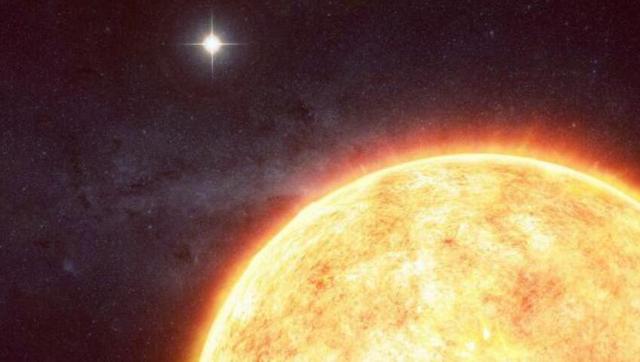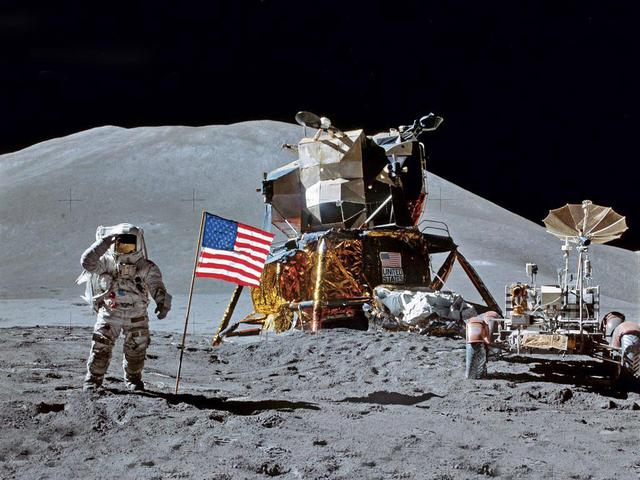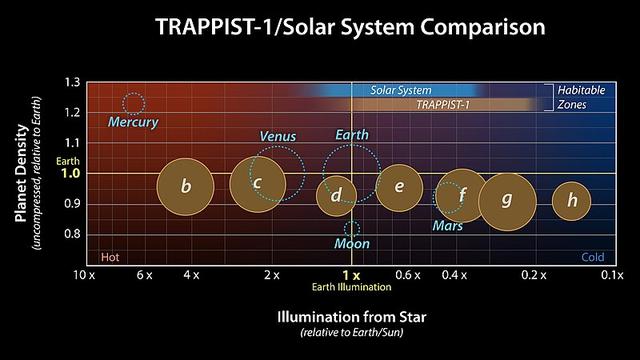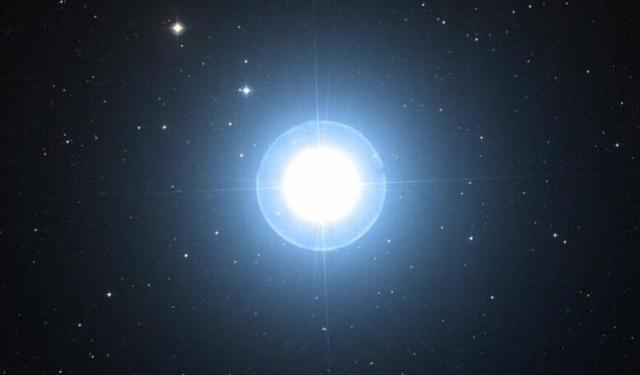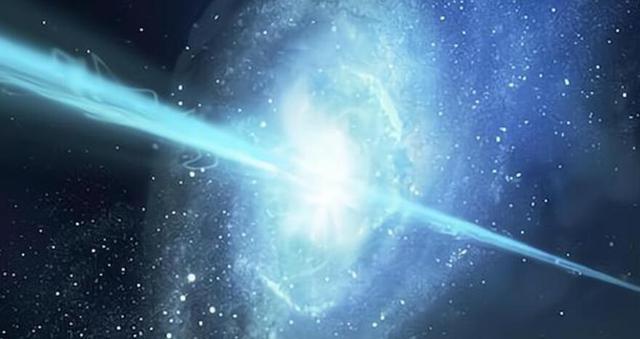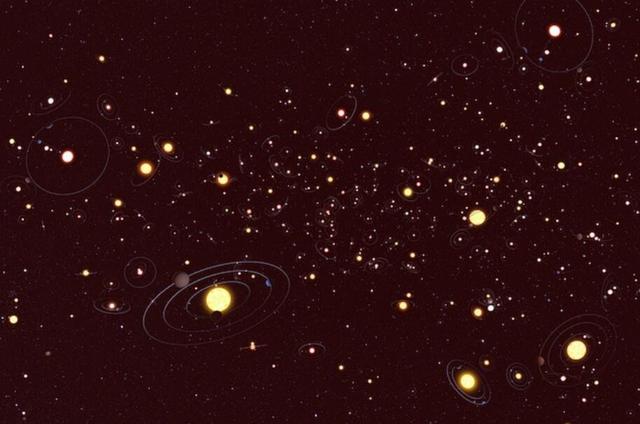The milky way is a huge galaxy with hundreds of billions of stars, and the sun is just one of the less prominent stars that, along with many other stars in the galaxy, orbits the centre of the galaxy.
Even if the probability of the sun hitting another star is extremely low, the strong gravitational force of a star 'passing' near the sun could have an impact on various objects in the solar system, especially small ones, which could be diverted from their original orbits, thus increasing the risk of the earth being hit by a small object this is obviously not good news for us humans, after all, we all know what happened to the dinosaurs.
So is this a possibility or not? Our fears are not unwarranted, as scientists have discovered that our solar system was invaded by another star some 70,000 years ago.
This star, called schultz's star, is a red dwarf in the constellation kirin, about 20 light-years away, with an observed mass of 0.095 (±0.006) times that of the sun and a radius of about one-tenth that of the sun, in addition to a massive companion star with a mass 0.063 (±0.004) times that of the sun, and is a brown dwarf.
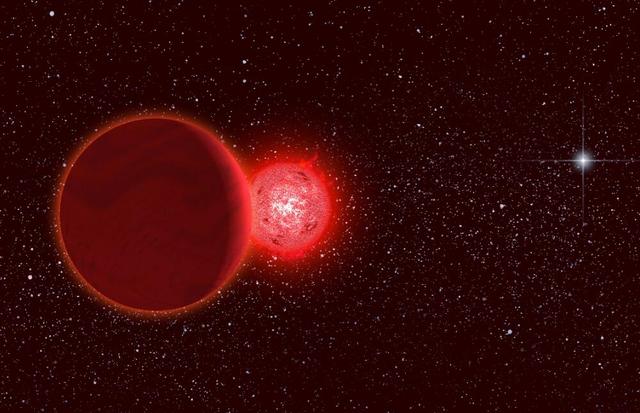
Since all the stars in the milky way are in motion and their trajectories cannot be perfectly synchronised with the sun, the majority of the stars we observe have more or less certain velocities, which in general can be classified as "Tangential velocities" Or "Radial velocities". Radial velocities".
We can simply understand that "Tangential velocity" Means that the star has a velocity relative to us in one of the directions "Up, down, left or right", while "Radial velocity" Means that the star has a velocity relative to us in one of the directions "Up, down, left or right". The velocity of the star with respect to us in one of the "Near, far" Directions.
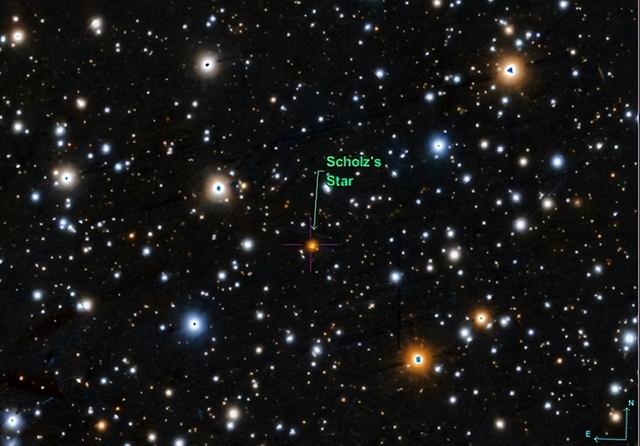
"An important reason why schultz's star has caught the attention of scientists is that the star appears to us to have almost no "Tangential velocity", while it has a relatively fast "Radial velocity "(about 82.4 km/s) and is oriented away from us, so if we go back in time, then at some point in the past, this star was very close to the sun.
After the discovery of the schultz star anomaly, scientists have carefully modelled the star's distance, direction of motion, velocity and the gravitational field of the galaxy, and after running tens of thousands of simulations, have concluded that there is a 98% probability that the star was in our solar system some 70,000 years ago its closest distance to the sun is about 52,000 astronomical units, or roughly 0.82 light years.
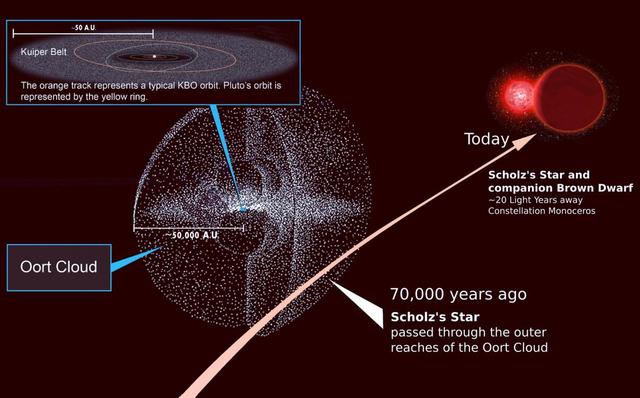
According to this simulation, the distance between the schultz star and the sun was already less than 1 light year, knowing that the real edge of the solar system is the oort nebula, a huge globular nebula with a radius of at least 1 light year, and this means that if this is the case, the solar system will have been destroyed. This means that, if this is the case, this star has literally invaded our solar system.
However, it would be too hasty to say that our solar system was invaded by another star based on computer simulations, and more evidence is needed to make this claim more credible.
Scientists speculate that the total mass of schultz's star and its companion could be around 15% of the mass of the sun, and that the gravitational pull of such a mass would have had a noticeable effect on the smaller objects orbiting the outer reaches of our solar system, so much so that 70,000 years later, we can still find some traces of it.
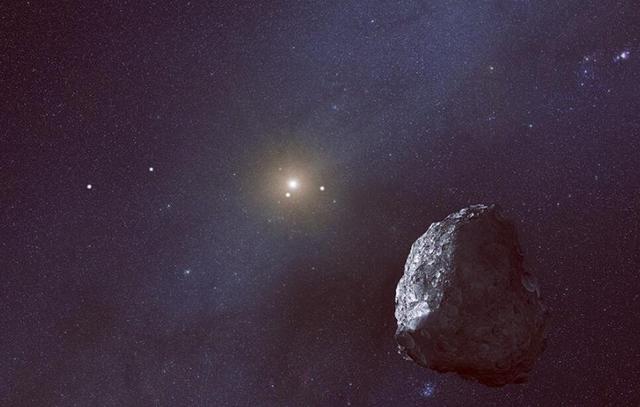
Following this line of thought, scientists began working on a search for small objects that might have orbital anomalies. Subsequent studies have shown that such small objects do exist in our solar system, and there are quite a few of them. So far, scientists have found about 400 small objects with exaggerated hyperbolic orbits, which are very different from the elliptical orbits common to small objects in our solar system.
Scientists believe that these small objects certainly provide strong evidence for the above-mentioned simulations. It is conceivable that about 70,000 years ago, schultz's star invaded the solar system with its companion star and passed by the sun at a distance of less than one light year. The orbits of some of the smaller bodies close to the sun became apparently anomalous.
Fortunately, the event does not seem to have caused any harm to the earth (otherwise there might not be any humans on the planet), but we are more concerned about whether our solar system will be invaded by other stars again in the future, however, the bad news is that scientists have found a star approaching our solar system.
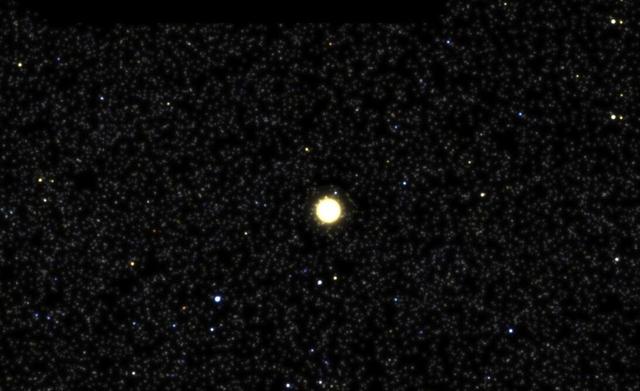
The star, gliese 710, is located in the sky in the constellation serpens, about 62.3 light-years away, with a mass of about 57% of the sun and a radius of about 58% of the sun, and analysis based on known observations suggests that it will arrive in the vicinity of our solar system in about 1.4 million years, with an 86% probability of intruding the solar system's "Oort nebula".
Of course, we should not worry too much about this, as we still have 1.4 million years to go, and after such a long period of development, we believe that human technology is sufficiently advanced to neutralise the threat from gliese 710.

